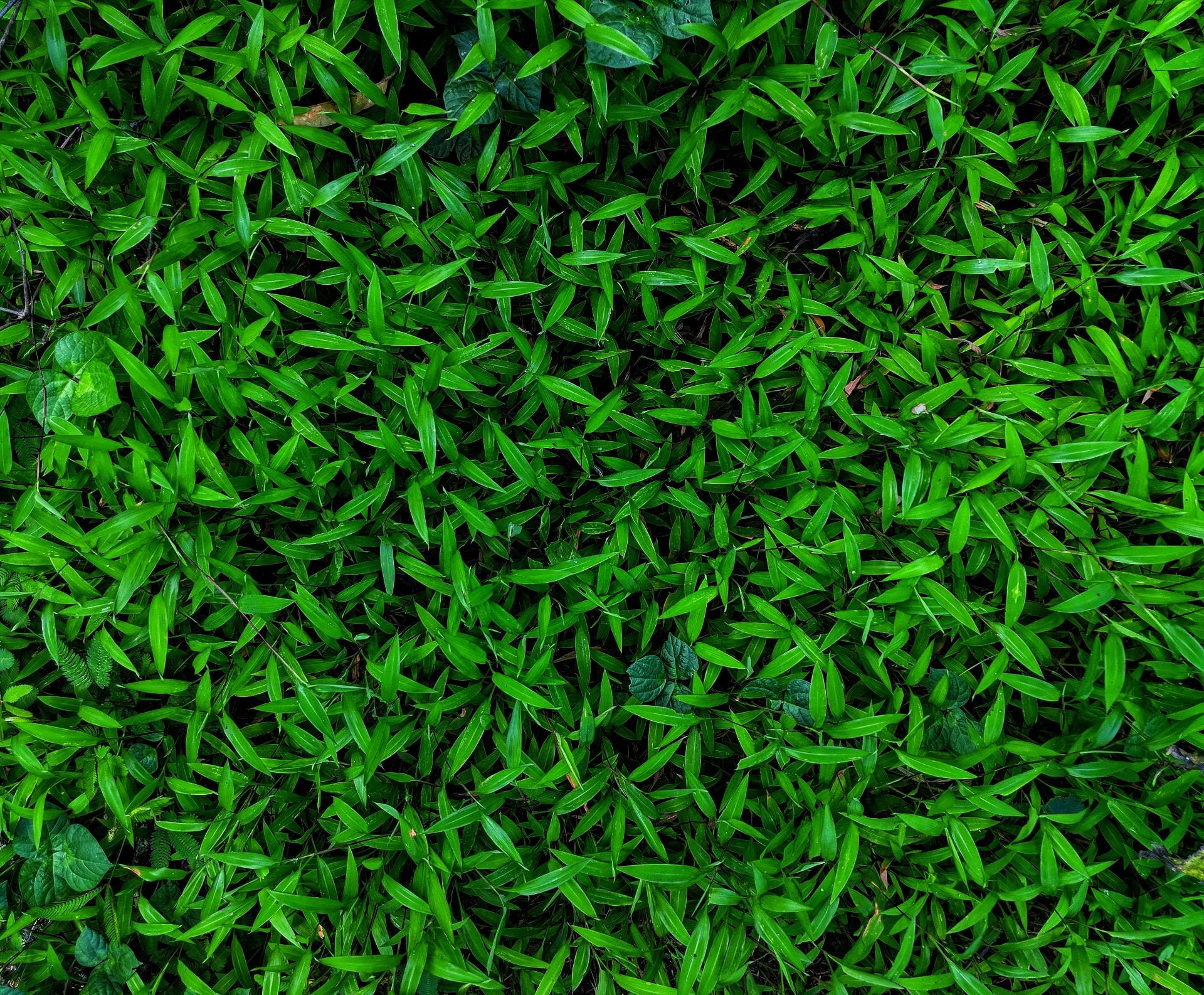Raising plants can be an educational hobby or an entertaining pastime, but what many people don’t realize is that this seemingly innocent activity can potentially damage surrounding natural habitat.
According to the National Wildlife Federation, an invasive species can be any non-native living organism that does damage to another ecosystem. These species can take advantage of the ecosystem wherein they may not have natural predators, making it easier to reproduce quickly and take over native plants’ habitats, damaging biodiversity in the process. Invasive plants don’t even have to be from some tropical region overseas — they can originate from just a few states over, or you can buy them at your local gardening store.
Unfortunately, many landscaping and gardening retailers focus too much on beauty over functionality. For example, the Brazilian pepper was introduced to Florida for ornamental purposes, and with brilliant red berries and white and yellow flowers, it’s not hard to understand why. The South American plant may be visually appealing, but it can wreak havoc on the environment, depriving other plants of sunlight and even causing skin irritation in humans. The Brazilian pepper isn’t alone either. Mother-in-law’s tongue or snake plant, air potato or oyster plants are just a few of Florida’s invasive plants that can outcompete native species and damage their ecosystems — that you can buy in stores or order online. Now, there’s nothing wrong with keeping plants or landscaping your yard, but it’s imperative to be an educated consumer.
When looking for a plant in stores or online, do some research before you buy. Sometimes employees don’t always know every detail about every plant in their store. Cross check information given to you in stores by looking up the plant online, especially if you’re unsure about the species. Just because it’s sold in stores doesn’t mean it’s safe. Therefore, using reputable resources (educational or research papers, government websites, local public libraries to name a few) can give you the knowledge needed to keep your home environmentally friendly. Additionally, try supporting local, native nurseries or drawing inspiration from natural areas and gardens (like the Nature Club’s garden on campus).
While wanting your home to be filled with beautiful plants isn’t inherently bad, picking aesthetically-pleasing plant species that can damage our natural ecosystems is. Even if you think these invasive plants will be well-contained within your land, birds, wind, bugs and more can transport seeds across property lines and into protected native areas. To sum it up, it’s just safer not to keep them.
Instead, grow native plants that are pleasing to the eye, but support the local biodiversity. Coontie cycads and native milkweed species (there are species of milkweed that are not native to the area, like tropical milkweed) are just two plants that are both attractive and beneficial to native butterfly species — just make sure they’re compatible with your location.
Research the habitat you reside in. Be an educated consumer. Look into native plants. Help support ecosystems, not destroy them. You have the resources to help the environment — use them.
Sourced: B. Raj


